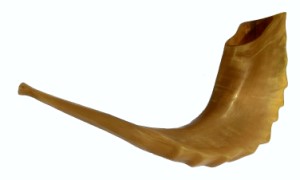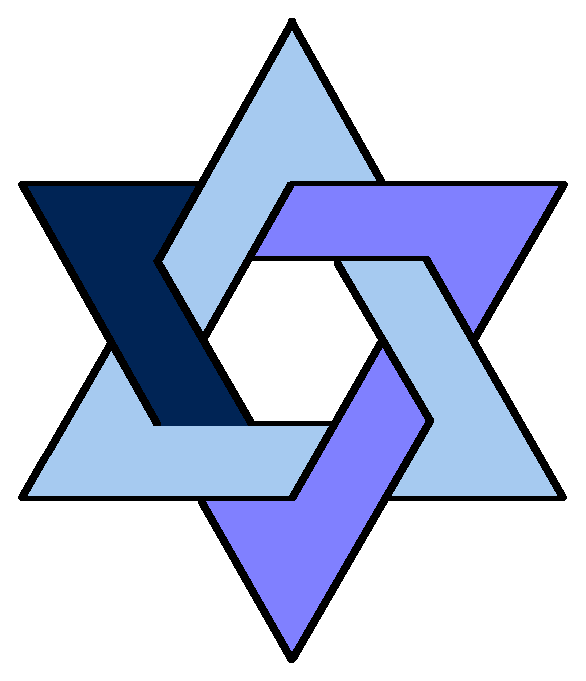Level: Basic
The ten days starting with Rosh Hashanah and ending with Yom Kippur are commonly known as the Days of Awe (Yamim Noraim) or the Days of Repentance. This is a time for serious introspection, a time to consider the mistakes of the previous year and repent before Yom Kippur.
One of the ongoing themes of the Days of Awe is the concept that G-d has "books" that he writes our names in, writing down who will live and who will die, who will have a good life and who will have a bad life, for the next year. These books are written in on Rosh Hashanah, but our actions during the Days of Awe can alter G-d's decree. The actions that change the decree are "teshuvah, tefilah and tzedakah," repentance, prayer, good deeds (usually, charity). These "books" are sealed on Yom Kippur. This concept of writing in books is the source of the common greeting during this time is "May you be inscribed and sealed for a good year."
Among the customs of this time, it is common to seek reconciliation with people you may have wronged during the course of the year. The Talmud maintains that Yom Kippur atones only for shortcomings between man and G‑d. To atone for wrongs against another person, you must first seek reconciliation with that person, righting the wrongs you committed against them if possible.
Another custom observed during this time is kapparot. This is rarely practiced today, and is observed in its true form only by Chasidic and occasionally Orthodox Jews. Basically, you purchase a live fowl, and on the morning before Yom Kippur you wave it over your head reciting a prayer asking that the fowl be considered atonement for sins. The fowl is then slaughtered and given to the poor (or its value is given). Some Jews today simply use a bag of money instead of a fowl. Most Reform and Conservative Jews have never even heard of this practice.
Work is permitted as usual during the intermediate Days of Awe, from Tishri 3 to Tishri 9, except of course for Shabbat during that week.
Two lesser special occasions occur during the course of the Days of Awe.
Tishri 3, the day after the second day of Rosh Hashanah, is the Fast of Gedaliah. This really has nothing to do with the Days of Awe, except that it occurs in the middle of them. For more information, see Minor Fasts.
The Shabbat that occurs in this period is known as Shabbat Shuvah (the Sabbath of Return). This is considered a rather important Shabbat.
 Next Holiday: Yom Kippur
Next Holiday: Yom Kippur Last Holiday: Rosh Hashanah
Last Holiday: Rosh Hashanah Holiday Greetings
Holiday Greetings